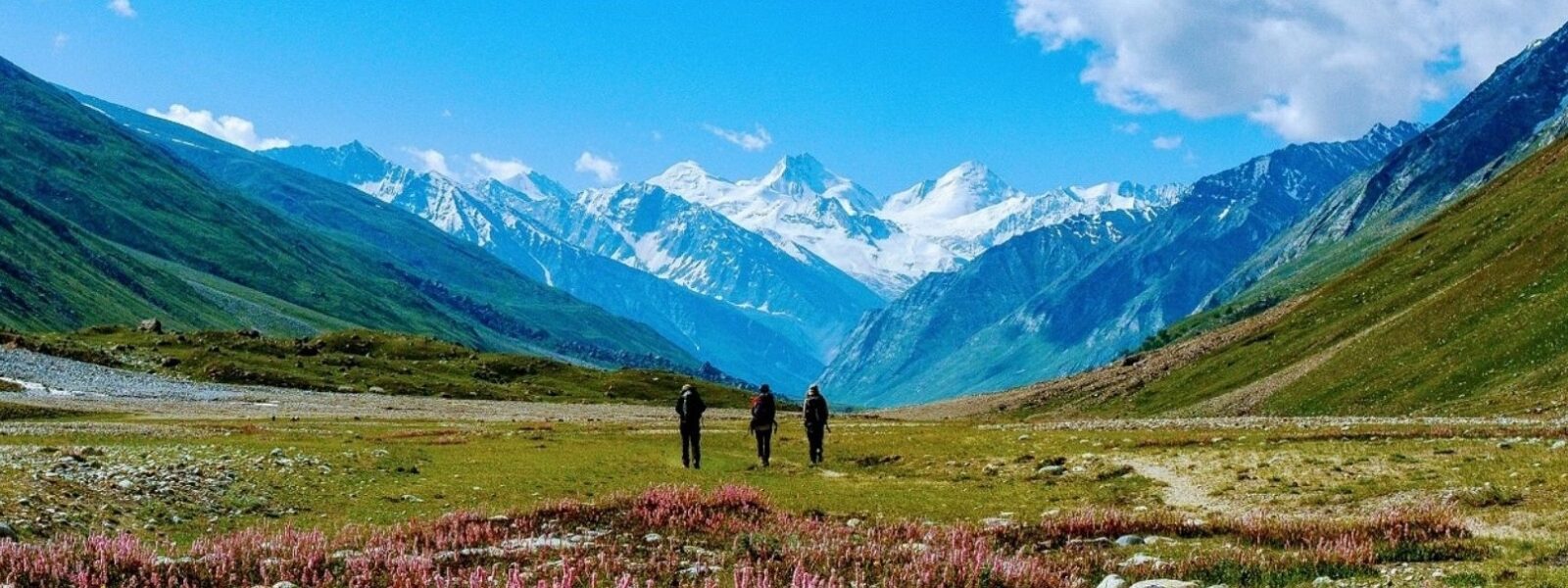Discover the best off-the-beaten-path treks in Ladakh that offer complete solitude. Explore remote, hidden trekking routes far from tourist crowds, and enjoy pristine Himalayan landscapes.
Ladakh is a region synonymous with rugged beauty, breathtaking Himalayan vistas, and serene landscapes. While the region’s well-known treks, such as Markha Valley or Chadar, draw thousands of adventure seekers each year, those looking for true solitude must venture off the beaten path. This post explores the hidden gems of Ladakh’s trekking trails, offering remote routes where you can escape the crowds and immerse yourself in Ladakh’s untouched wilderness.
If you’re a solitude seeker who prefers quiet paths and experiences that connect deeply with nature, read on for some of the best remote treks in Ladakh. We’ve avoided writing about the more famous routes and chosen lesser-known, secluded trails for a peaceful trekking adventure.
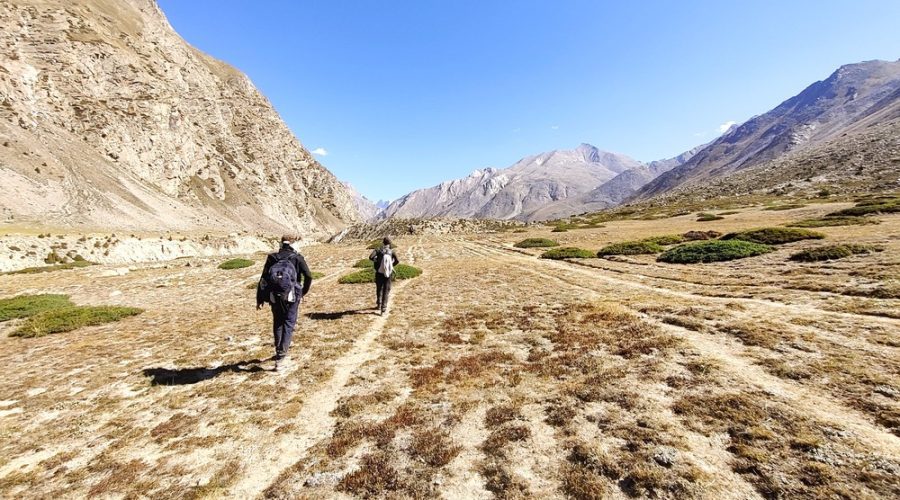
1. Introduction: Why Explore Off-the-Beaten-Path Treks in Ladakh?
Ladakh’s majestic mountains, clear skies, and tranquil monasteries are a hiker’s dream. However, finding true solitude on the region’s more popular routes can be challenging. That’s why off-the-beaten-path treks are the perfect solution for solitude seekers—treks that traverse remote valleys, isolated mountain passes, and little-visited villages.
Why choose these remote treks?
- Minimal tourist traffic: You’ll likely encounter few, if any, other trekkers.
- Unspoiled nature: These routes take you through untouched landscapes and reveal Ladakh’s raw beauty.
- Authentic cultural experiences: Interact with the nomadic communities and locals who live far from bustling tourist areas.
In this article, we focus on treks that provide peace and quiet, away from the noise of mainstream tourism.
2. Top Off-the-Beaten-Path Treks in Ladakh for Solitude Seekers
Below are some of the best hidden trekking routes that offer a unique blend of adventure, nature, and solitude. These treks are ideal for those who crave a quiet escape into Ladakh’s remote regions.
2.1 Chiktan to Shakar Trek: A Hidden Jewel in Ladakh
Chiktan, located in the far-flung region of Ladakh, is an absolute hidden gem for trekking enthusiasts seeking seclusion. This trek from Chiktan to Shakar is an unexplored route that takes you through barren landscapes, narrow gorges, and pristine valleys untouched by mass tourism.
- Duration: 4-5 days
- Altitude: 3,600 to 4,500 meters
- Best time to visit: June to September
On this trek, you’ll pass through remote villages and ancient Buddhist monasteries, gaining an intimate look at traditional Ladakhi life. The trek is moderately challenging, with several river crossings and high passes, offering solitude along its rugged paths. The highlight of the journey is reaching Shakar, a peaceful village nestled in the heart of Ladakh, where you’ll witness stunning views of snow-capped peaks and undisturbed nature.
Why Chiktan to Shakar?
This trek remains largely undiscovered by mainstream trekkers, making it an ideal choice for solitude seekers. It’s also a great opportunity to experience authentic Ladakhi hospitality, with local homestays providing a genuine cultural experience.
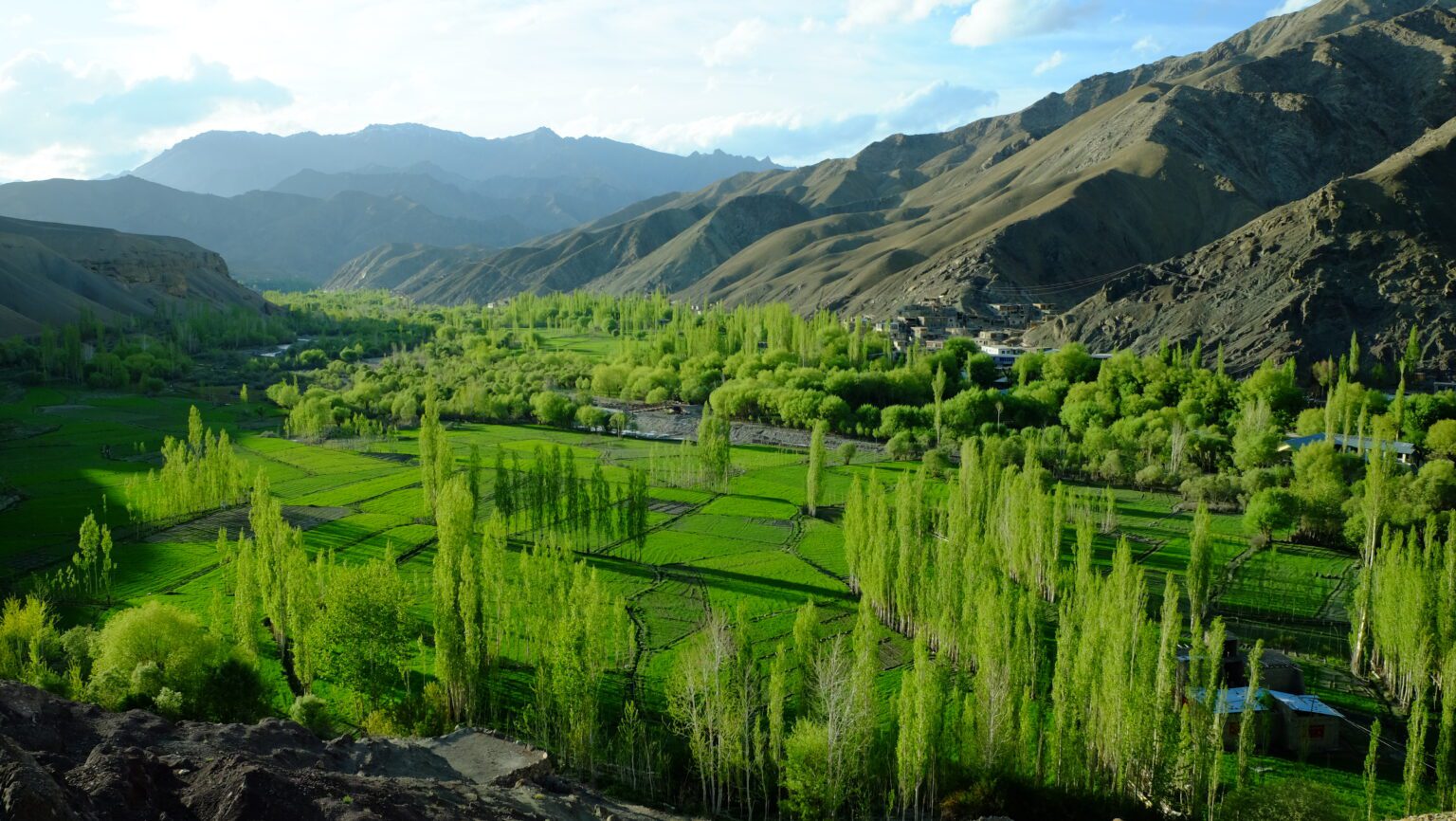
2.2 Batalik Ridge Trek: Trekking on the Edge of History
Located in the Batalik region, this trek offers a combination of isolation and historical significance. Though famous for being part of the Indo-Pak conflict zone, this area has some of the least explored trekking routes in Ladakh. The Batalik Ridge Trek is a trail that crosses desolate ridges and deep valleys, providing total solitude along the journey.
- Duration: 6 days
- Altitude: 3,500 to 4,700 meters
- Best time to visit: May to October
The trek offers breathtaking panoramic views of deserted landscapes, with only an occasional glimpse of nomadic herders along the trail. Despite its remoteness, this trek is rich in natural beauty, with expansive vistas of mountain ranges stretching into the horizon. The sheer seclusion makes it an ideal route for trekkers wanting to disconnect completely.
Why Batalik Ridge?
Not only will you be trekking in a peaceful and isolated environment, but you’ll also pass through historic villages where Ladakh’s rich military history intertwines with its natural beauty. The lack of commercial trekking infrastructure means this is an undiscovered treasure for those seeking solitude.

2.3 The Kanji Gorge Trek: Into the Wild, Away from Civilization
Kanji Gorge is a trekking route for those seeking extreme isolation. This underrated trek starts in the tiny village of Kanji, one of the most isolated villages in Ladakh, and leads through dramatic gorges, rocky canyons, and high-altitude passes. It is a challenging route, but the serenity and beauty make it worthwhile.
- Duration: 7-8 days
- Altitude: 3,800 to 5,000 meters
- Best time to visit: July to September
On this trek, you’ll witness the raw power of Ladakh’s natural forces as you walk through narrow gorges and ascend high ridges. There are few villages along the way, making this trek ideal for those who seek complete solitude and an escape into nature.
Why the Kanji Gorge Trek?
This trek offers a unique challenge due to its remoteness and lack of established paths, but it rewards you with stunning geological formations, quiet valleys, and complete isolation from human interference. For those looking to truly lose themselves in the wilderness of Ladakh, this is the perfect trek.
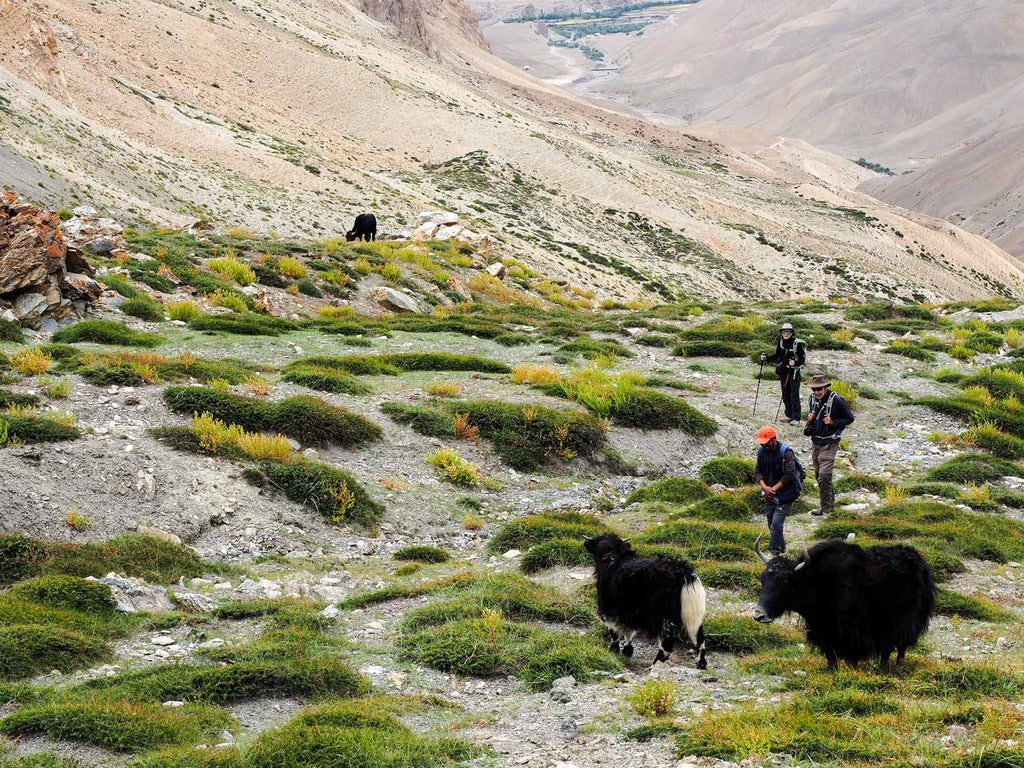
2.4 Uley Valley Trek: A Path Less Traveled
The Uley Valley Trek is another hidden treasure that most tourists overlook. Nestled between snow-capped mountains and lush meadows, this trek offers a peaceful and serene environment far removed from the more popular routes.
- Duration: 5 days
- Altitude: 3,400 to 4,200 meters
- Best time to visit: June to October
The trek begins in Uley, a small village known for its tranquility and old-world charm. As you move through the valley, you’ll encounter remote hamlets where life has remained unchanged for centuries. The quiet trails, flanked by beautiful mountain scenery, ensure that you won’t be disturbed by other trekkers.
Why the Uley Valley Trek?
The Uley Valley remains one of Ladakh’s least explored areas, offering a serene environment perfect for introspection and solitude. This is an ideal trek for those seeking an easy-to-moderate route but still wanting to avoid the bustling tourist spots.
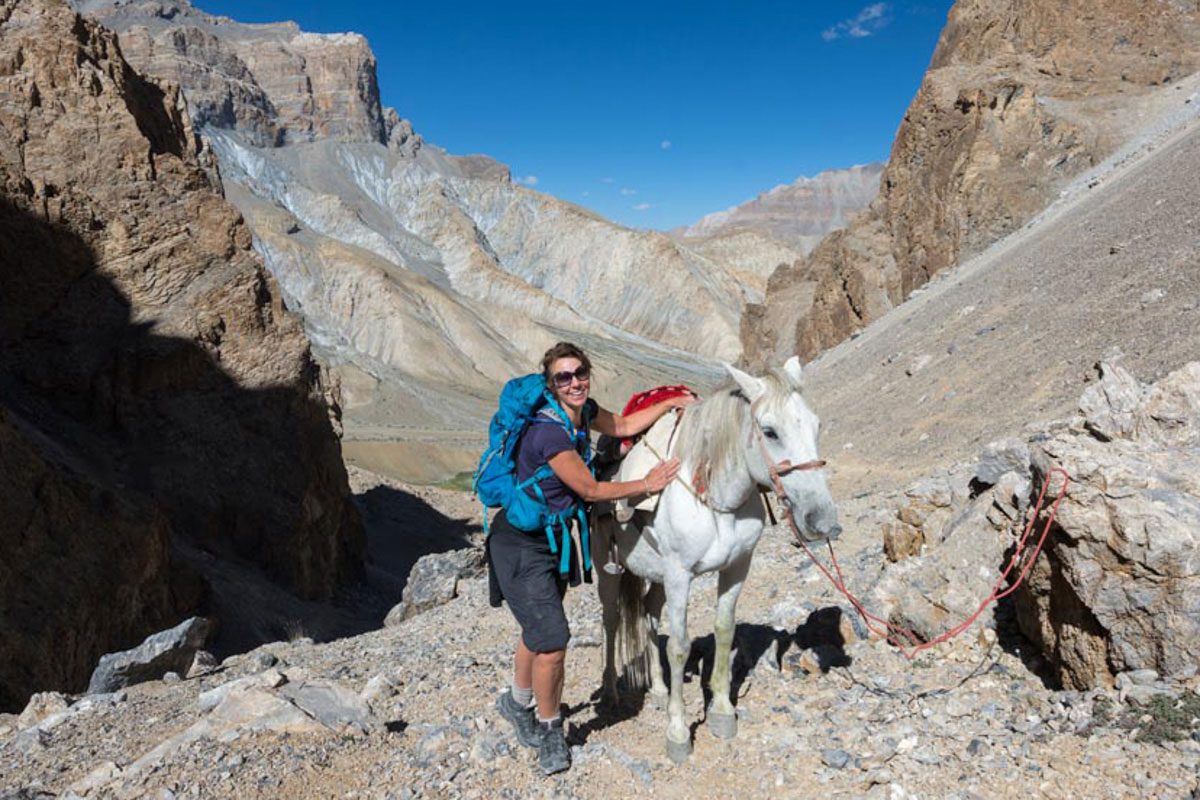
2.5 Kharu to Wari La Trek: High Passes and Complete Solitude
The Kharu to Wari La Trek is another little-known trekking route that promises total isolation. This trek takes you through remote valleys, offering majestic views of the Ladakhi Himalayas and traversing some of the region’s lesser-known high passes.
- Duration: 5 days
- Altitude: 3,800 to 5,200 meters
- Best time to visit: June to September
Unlike the more famous high-altitude treks in Ladakh, the Kharu to Wari La route offers seclusion and quiet, with panoramic views of the Indus Valley below. With no tourist infrastructure on this trail, trekkers must be self-sufficient, adding to the feeling of being in the wilderness.
Why the Kharu to Wari La Trek?
With stunning vistas and a sense of being in a forgotten world, this trek offers a true escape into nature. You’ll cross high-altitude passes that have remained untouched by large groups of trekkers, providing an ideal escape for solitude seekers.
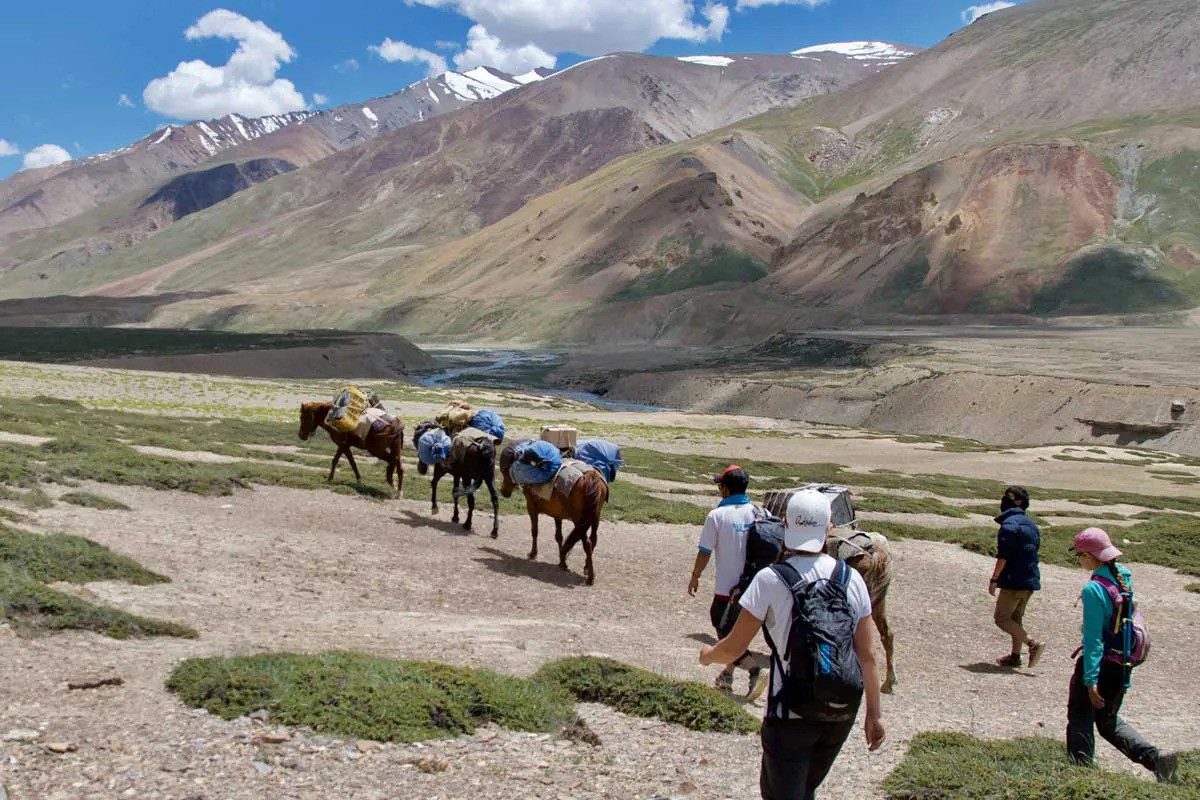
3. Essential Trekking Tips for Ladakh’s Remote Treks
Exploring Ladakh’s remote trekking routes requires careful preparation. Here are some essential tips to ensure a safe and enjoyable experience:
3.1 Acclimatization and Health Precautions
Due to the high altitude of Ladakh’s remote regions, acclimatization is crucial to avoid altitude sickness. It’s recommended to spend a few days in Leh or similar areas before starting your trek. Be sure to:
- Hydrate frequently
- Take altitude sickness prevention medication if needed
- Ascend slowly to allow your body to adjust
3.2 Packing Essentials for Remote Treks
For treks in Ladakh’s isolated regions, packing the right gear is essential. Here’s what you’ll need:
| Item | Why You Need It |
|---|---|
| Warm clothing (layers) | To stay warm in unpredictable weather |
| Lightweight tent | For camping in remote areas |
| Satellite phone | To stay connected in case of emergency |
| Trekking poles | To help with difficult terrain |
| Solar charger | For powering devices in the wilderness |
3.3 Travel Permits
Ensure you have the necessary permits for trekking in remote areas. You can obtain these from Leh or local authorities near the trek’s starting point.
4. Conclusion: Embrace the Quiet, Explore the Remote
Ladakh offers a treasure trove of hidden trekking routes that remain undiscovered by mainstream tourists. For those seeking solitude, serenity, and a deeper connection with nature, these off-the-beaten-path treks offer the perfect escape. Whether you’re traversing the rugged Chiktan to Shakar trek or exploring the wilds of Kanji Gorge, these remote routes promise an unforgettable adventure far from the crowds.
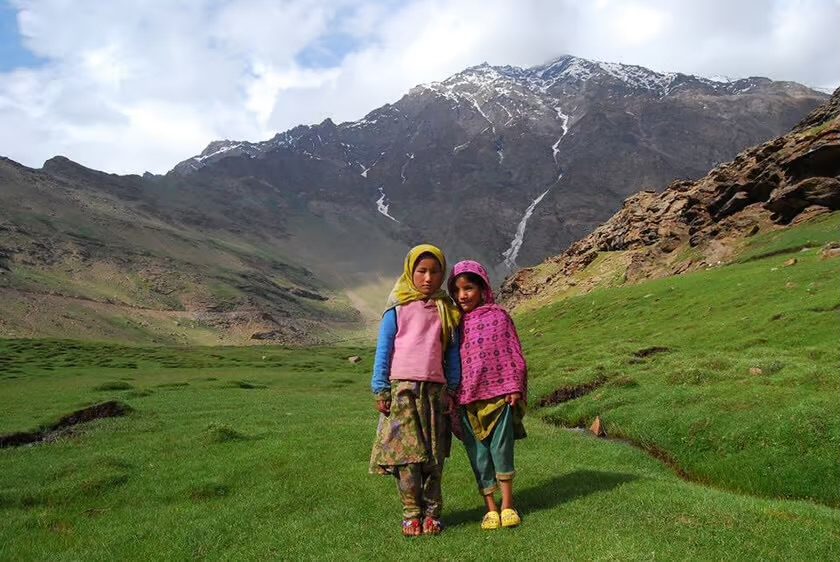
5. FAQs: Answering Common Questions About Offbeat Ladakh Treks
5.1 What are the best off-the-beaten-path treks in Ladakh for solitude seekers?
Some of the best offbeat treks include the Chiktan to Shakar Trek, the Batalik Ridge Trek, and the Kanji Gorge Trek, all of which offer peace, quiet, and natural beauty far from the crowds.
5.2 How should I prepare for remote treks in Ladakh?
Preparation involves ensuring you’re physically fit, packing proper gear, and spending several days acclimatizing to the high altitude before embarking on the trek.
5.3 Do I need permits for trekking in Ladakh’s remote areas?
Yes, you need trekking permits, especially for remote and sensitive regions like Nubra and areas near the Indo-Pak border. These can be obtained in Leh.
5.4 When is the best time to trek in Ladakh without crowds?
The best time for quiet trekking experiences is during the shoulder seasons, from June to early July or late September to October, when the weather is favorable, and the trails are less crowded.
5.5 Is it safe to trek alone in Ladakh?
Yes, it is safe if you are an experienced trekker. However, it’s always advisable to inform someone of your plans, carry a satellite phone, and hire a local guide if the trek involves very remote regions.
5.6 What should I pack for high-altitude treks in Ladakh?
Essential items include warm clothing, a lightweight tent, trekking poles, a satellite phone, and a solar charger for powering your devices in the wilderness.

